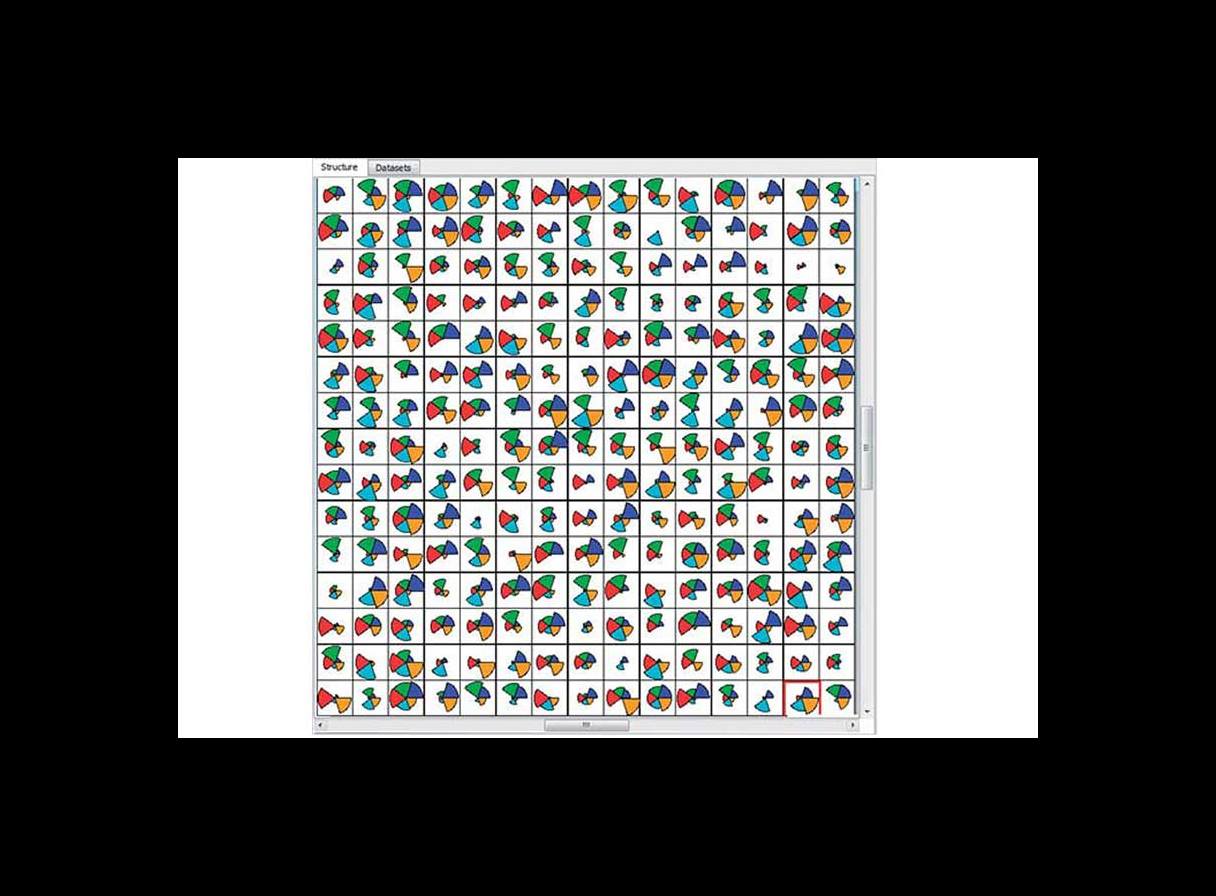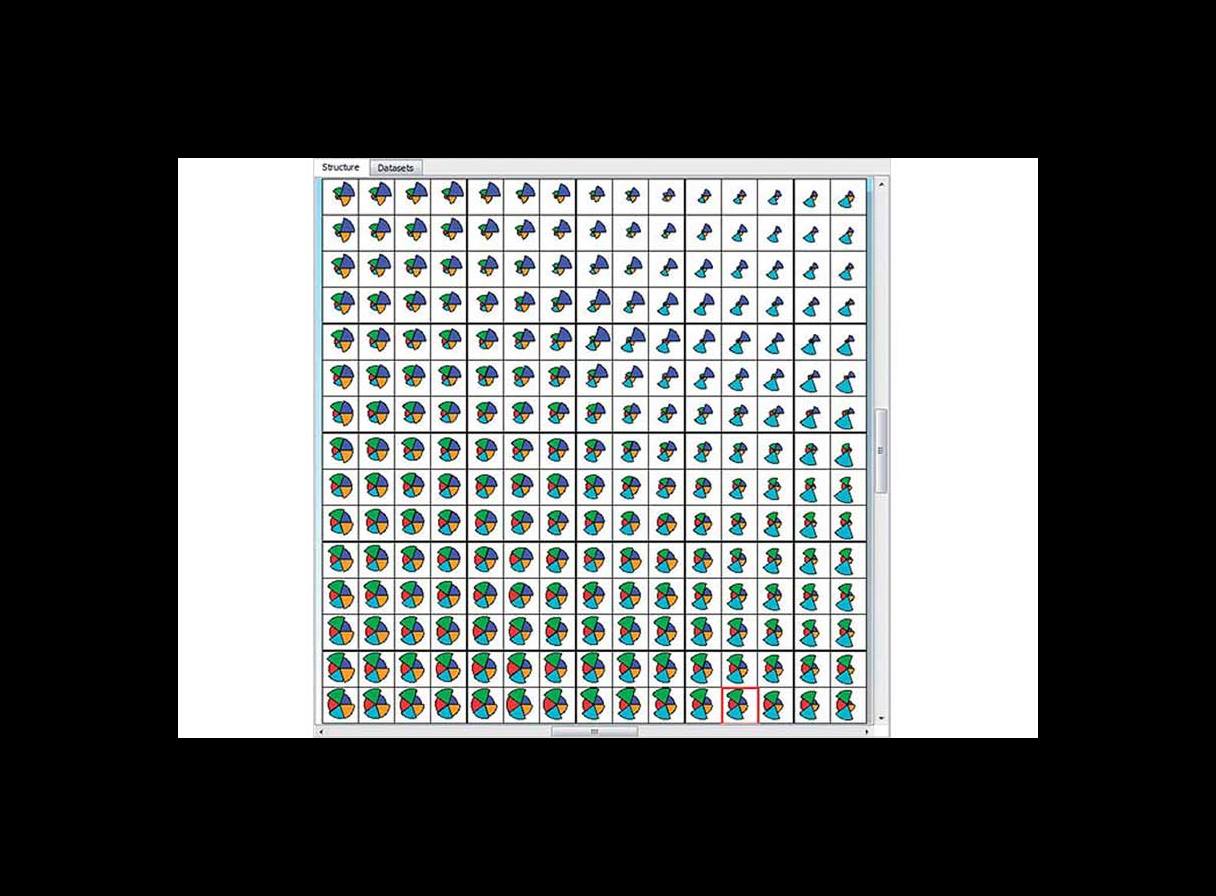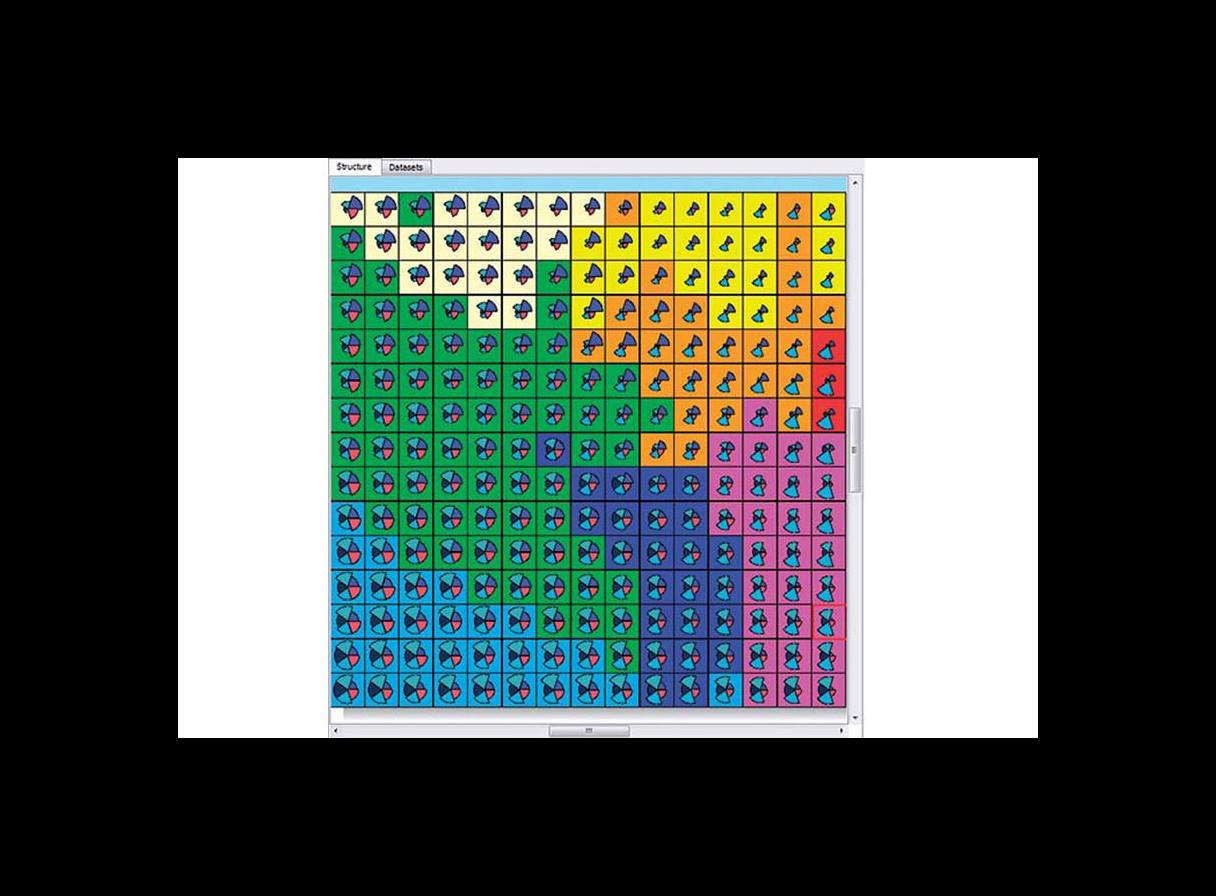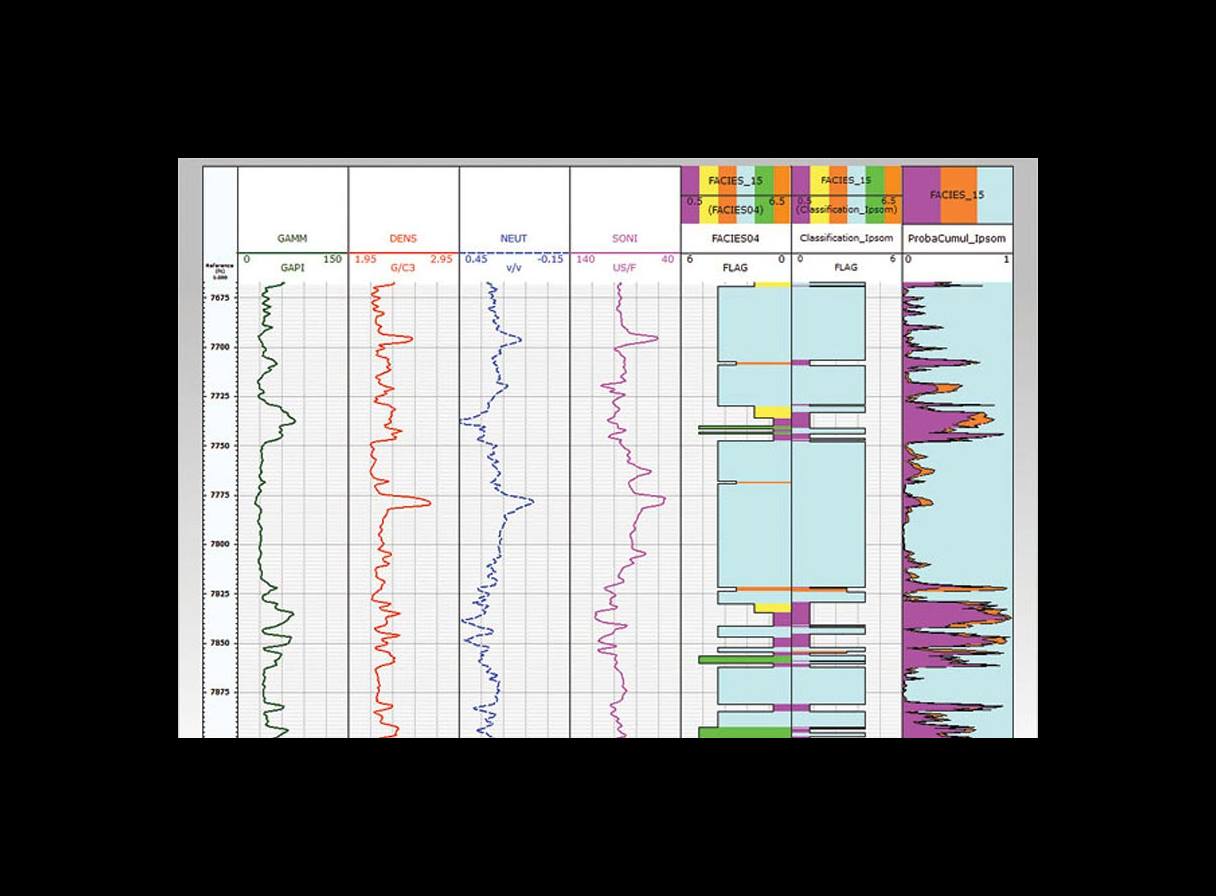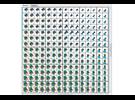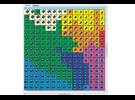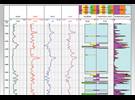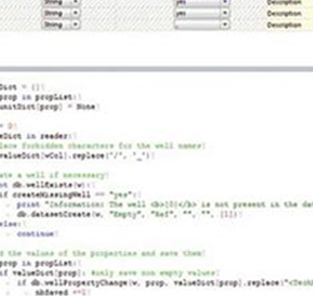Advanced classification
The Ipsom module's capability to predict and propagate classification groups helps to improve interpretation workflows. Its 2D indexed and probabilized self-organizing map (SOMap) is designed for use in:
- Geological interpretation of well log data and facies prediction.
- Optimal derivation of petrophysical properties (Ф, K, hydraulic units, etc.).
Comprehensive statistical tools
Results are quantified and refined through an iterative process during the final control and validation phase. The statistical and graphic tools are easy to use and lead to a better understanding of coherence between core description, log responses, and consistency on the map. This allows for the:
- Insertion of Python scripts within the workflows, greatly extending the module’s flexibility.
- Application of different weighting to the various inputs.
- Projection of indexation samples within the SOMap/nodes, helping the user understand how the prototypes were populated during the indexation phase; transition or “ghost” groups are then clearly identified.
Accurate model calibration
Calibration is key to the classification process. Its aim is to give each neural unit an actual geological meaning; a process known as the indexation phase. Each neural unit is then assigned a code that corresponds to a geological interpretation (detailed core description). This stage is essential for direct interpretation of electrofacies in sedimentological terms.
Outputs
- Optimized partition of log data calibrated to facies described in core.
- Facies output curve associated with a probability of occurrence of predicted facies at each depth.
- Automatic batch reports for parameter tables and results plots.
